Horst Trave
Horst Trave (Germany, 1918 – 2012)
November 12, 1960 by Horst Trave, 1960, Mixed Media on Canvas, 60 x 42
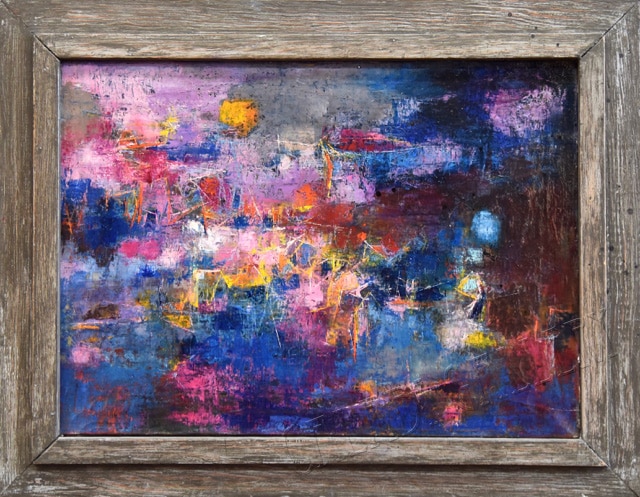 Untitled by Horst Trave, 1954, Oil on Canvas, 16 x 22
Untitled by Horst Trave, 1954, Oil on Canvas, 16 x 22
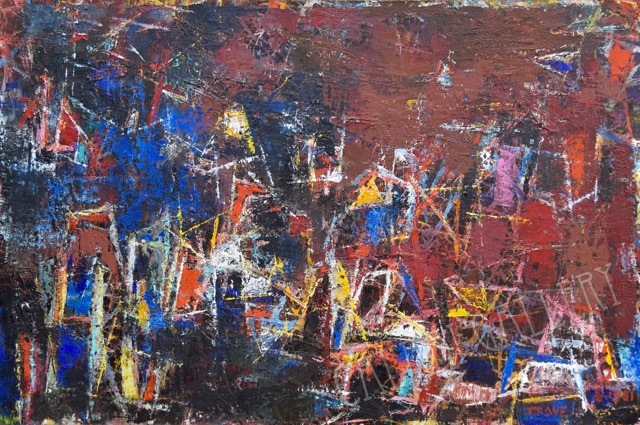 Untitled by Horst Trave, 1951, Oil on Board, 13-1/2 x 20
Untitled by Horst Trave, 1951, Oil on Board, 13-1/2 x 20
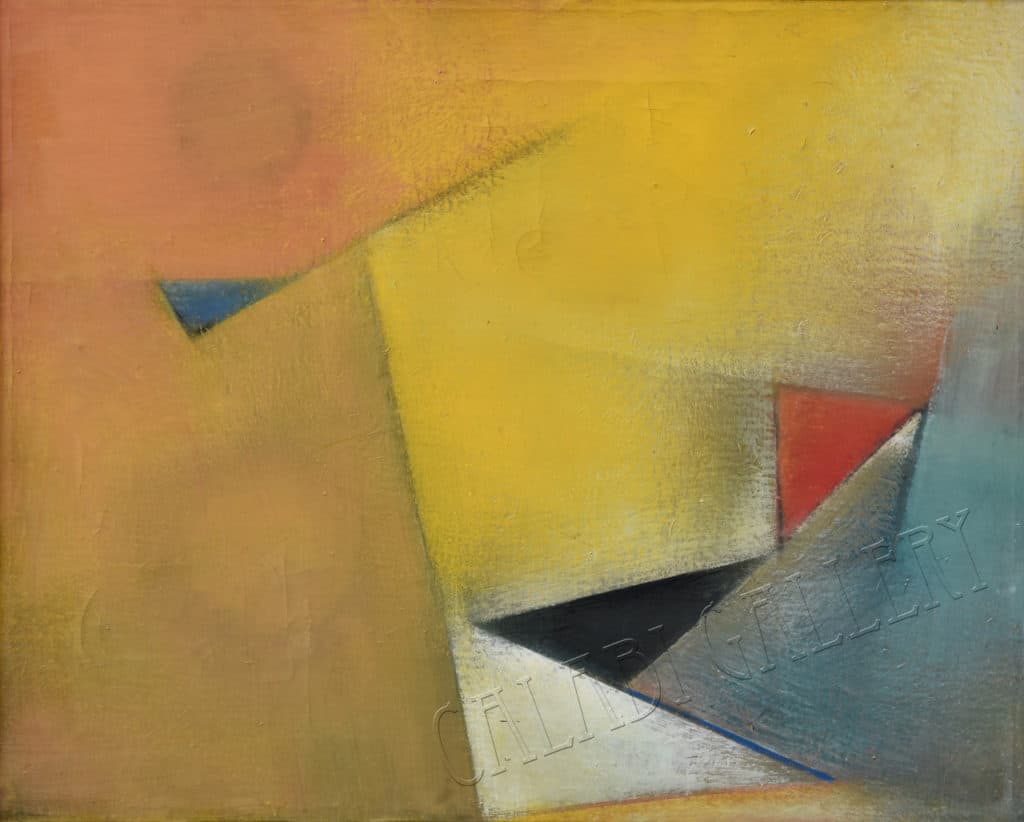 5/9/73 by Horst Trave, 1973, Oil on Canvas, 16 x 20
5/9/73 by Horst Trave, 1973, Oil on Canvas, 16 x 20
 3/9/1974 by Horst Trave, 1974, Oil on Board, 24 x 18
3/9/1974 by Horst Trave, 1974, Oil on Board, 24 x 18
 6/17/1974 by Horst Trave, 1974, Oil on Board, 24 x 18
6/17/1974 by Horst Trave, 1974, Oil on Board, 24 x 18
No. XI by Horst Trave, 1974, Oil on Board, 24 x 18 – SOLD
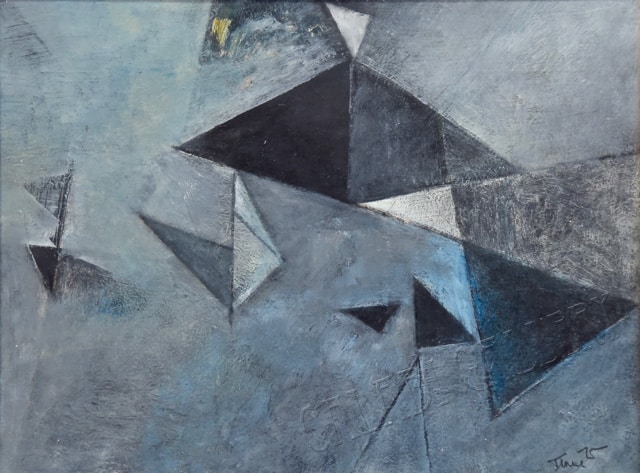 Untitled by Horst Trave, 1975, Mixed Media on Board, 18 x 24
Untitled by Horst Trave, 1975, Mixed Media on Board, 18 x 24
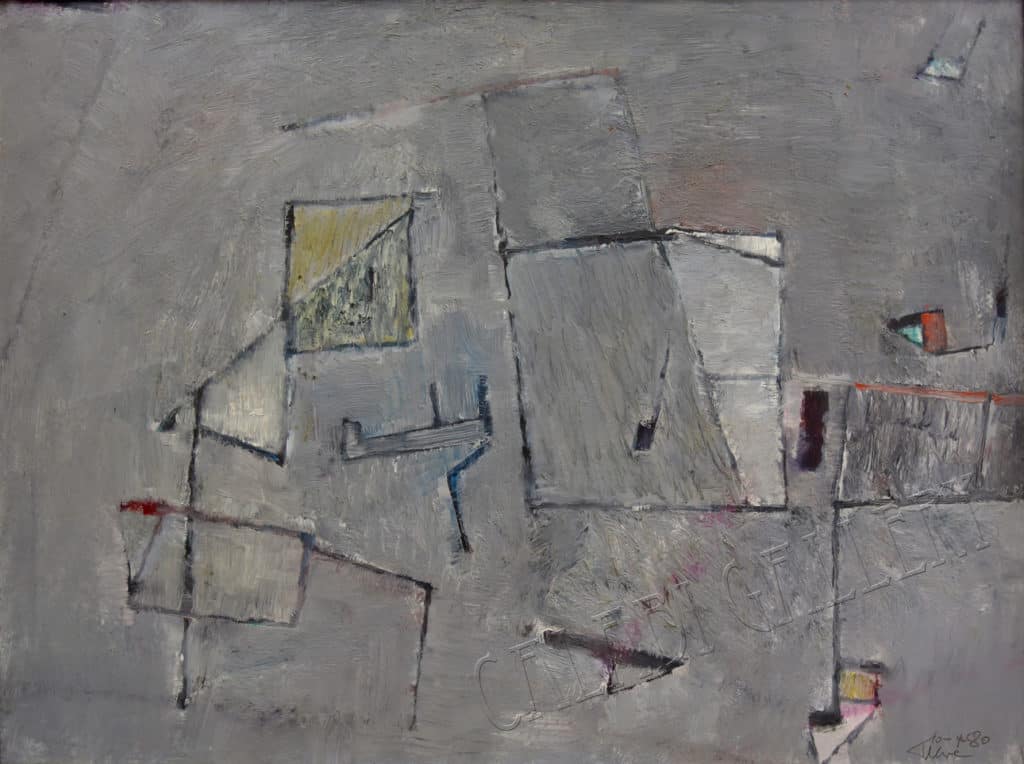 10/4/1980 by Horst Trave, 1980, Oil on Board, 18 x 24
10/4/1980 by Horst Trave, 1980, Oil on Board, 18 x 24
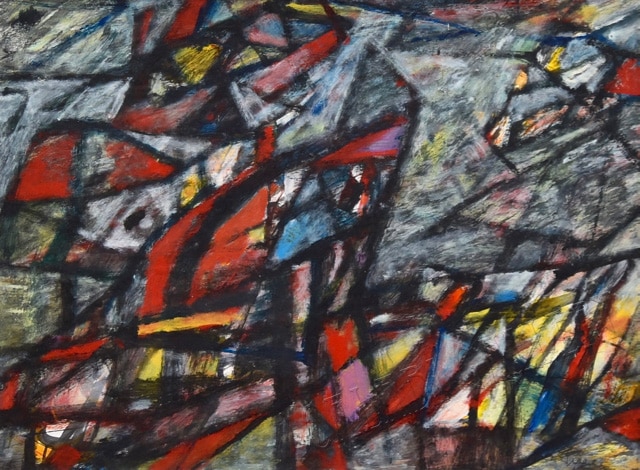 Untitled by Horst Trave, 1999, Acrylic on Paper, 12 x 16
Untitled by Horst Trave, 1999, Acrylic on Paper, 12 x 16
9/2/1998 by Horst Trave, 1998, Acrylic on Masonite, 24 x 18
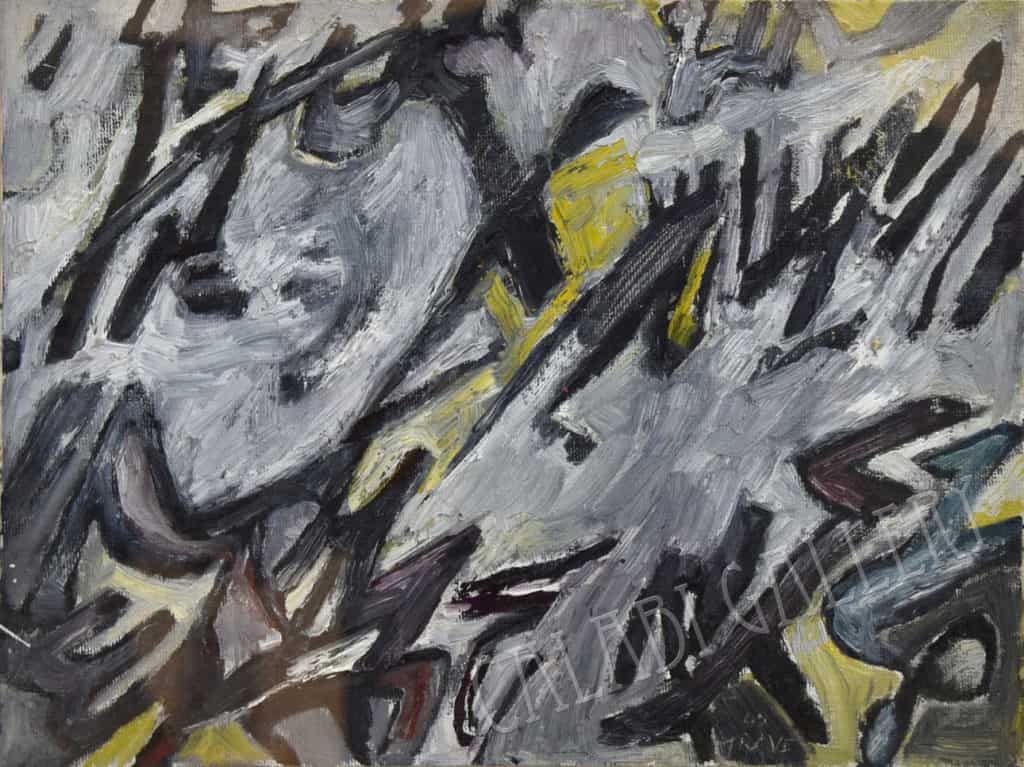 San Miguel Cactus Fields by Horst Trave, 1965, Oil on Panel, 11 x 14-1/2
San Miguel Cactus Fields by Horst Trave, 1965, Oil on Panel, 11 x 14-1/2
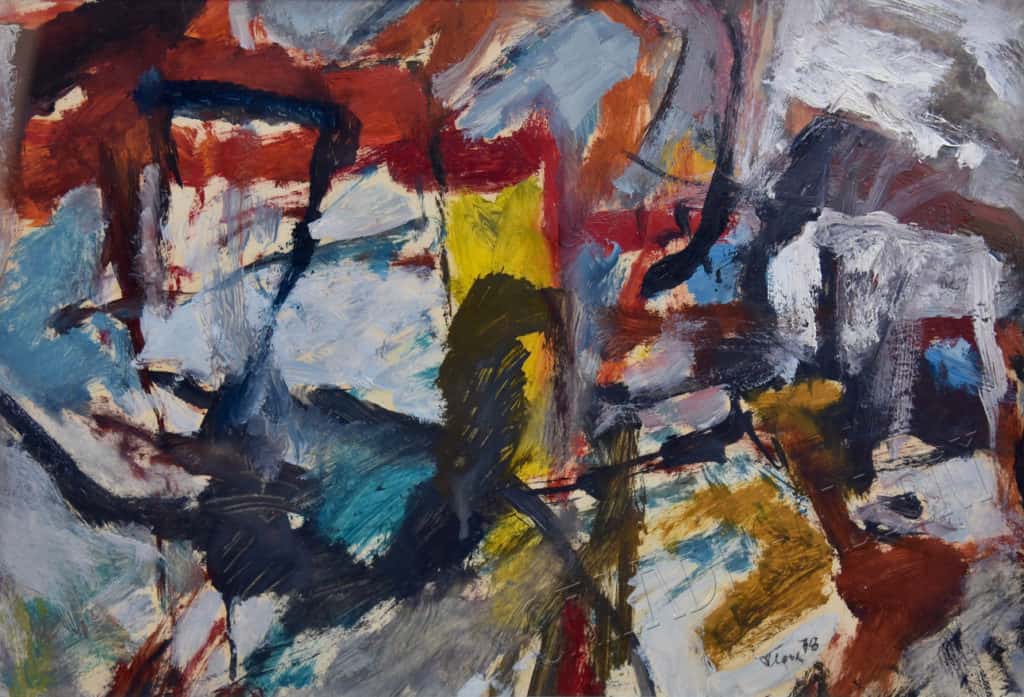 Untitled by Horst Trave, 1978, Oil on Paper, 12 x 17
Untitled by Horst Trave, 1978, Oil on Paper, 12 x 17
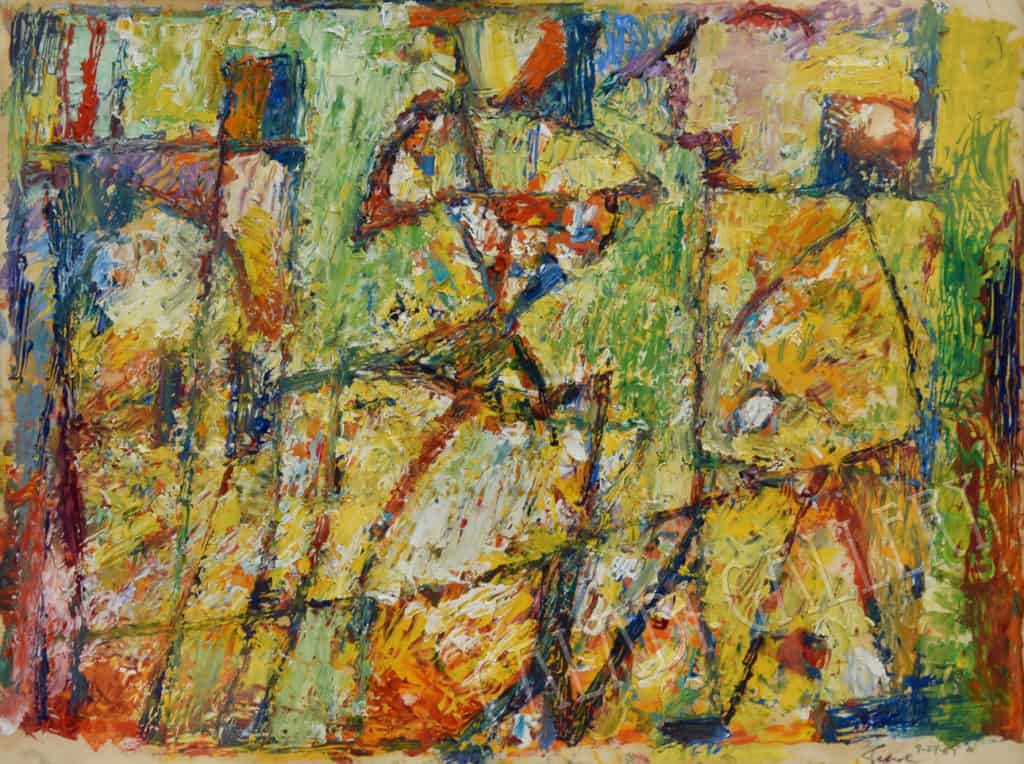 9/29/1989 by Horst Trave, 1989, Oil on Paper, 12 x 16
9/29/1989 by Horst Trave, 1989, Oil on Paper, 12 x 16
1/29/96 by Horst Trave, 1996, Oil on Paper, 16 x 12
10/11/1988 by Horst Trave, 1988, Oil on Paper, 16 x 12
12/3/2002 by Horst Trave, 2002, Oil on Paper, 16 x 12
Untitled by Horst Trave, 1951, Oil on Board, 28 x 18 – SOLD
Untitled by Horst Trave, 1994, Oil on Board, 16 x 12 – SOLD
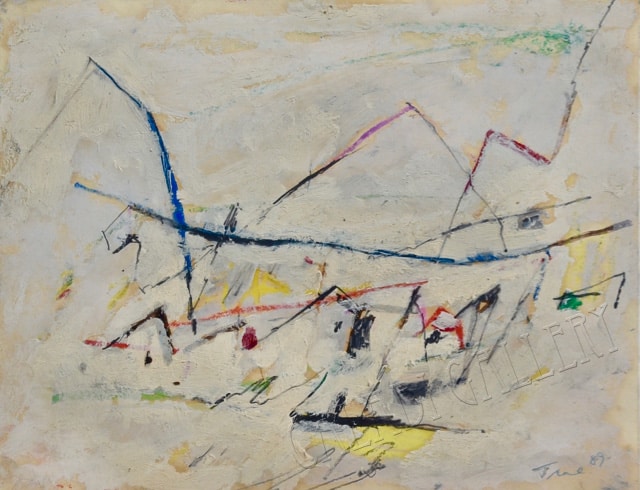 Europe VII by Horst Trave, 1989, Oil on Paper, 8-1/2 x 11 – SOLD
Europe VII by Horst Trave, 1989, Oil on Paper, 8-1/2 x 11 – SOLD
Untitled by Horst Trave, Etching
 Untitled by Horst Trave, 1949, Etching, 2/30
Untitled by Horst Trave, 1949, Etching, 2/30
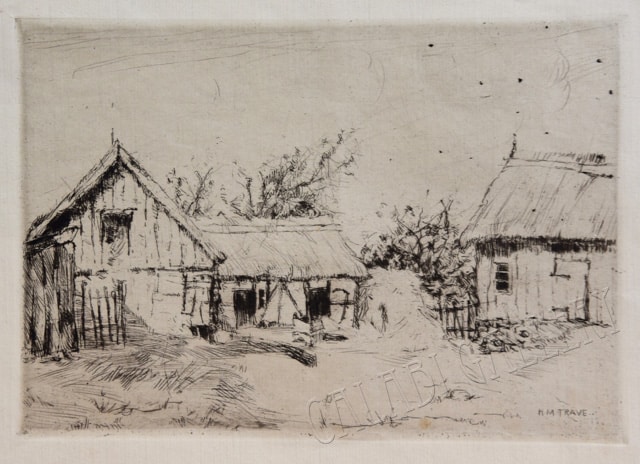 Untitled by Horst Trave, Etching
Untitled by Horst Trave, Etching
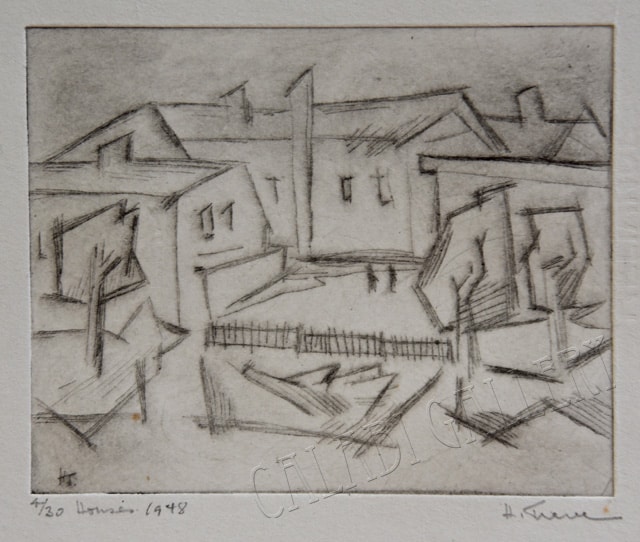 Untitled by Horst Trave, 1948, Etching, 4/30 – SOLD
Untitled by Horst Trave, 1948, Etching, 4/30 – SOLD
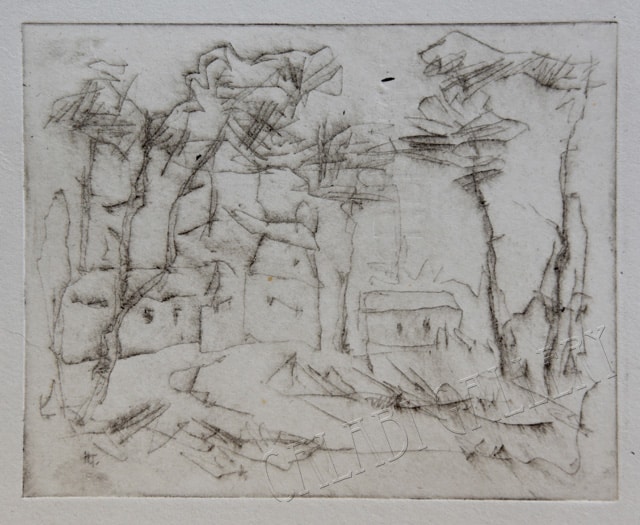 Untitled by Horst Trave, Etching
Untitled by Horst Trave, Etching
Born in Germany June 22, 1918, Horst Trave was a budding young artist in a world steadily treading towards WWII. Since elementary school, the young Trave knew he wanted to make a mark in the arts and started out drawing landscapes, primarily those readily available near his home in Neuburg, with pen and ink being his medium. He put his all into his school art projects and was passionate about cartoons and general illustrations. However, starting later on in the 30’s the young and adamantly anti-fascist Trave had to put his passions on hold as he was drafted into the army of the Nazi regime. This was not to be the case for long however, with his father’s help he escaped to Sweden where he expanded his talent with the help of the Swedish Royal Academy until he headed towards the U.S, where three short years later he was enlisted in the army. Upon his enrollment, he was promptly sent back to his native country to fight and became one of the first GI’s to enter Berlin once it was freed from Hitler’s grasp. He then redirected his focus to the arts and in 1945 enrolled into San Francisco Art Institute (previously known as California School of Fine Arts) to receive professional practice in oil painting. This was a booming time for the institute as he was one of the many veterans that were looking to move on from the war and re-immerse themselves into their passions. Alongside Frank Lobdell and many others, Trave became enamored with Abstract Expressionism and quickly climbed in rank next to highly regarded artists such as Elmer Bischoff, Richard Diebenkorn and Sam Francis. He founded the Metart Galleries in ‘49 and his work oftentimes was seen at the Dilexi Gallery, a well known establishment in the North Beach area. Despite Trave’s success, he didn’t profit from the celebrity that came with it, as he was an avid believer that money should be separated from art. And although he would occasionally sell his work, he didn’t count on the sales to provide for his family and therefore sought work in construction and teaching art in high schools. In ‘79 his wife, Cecilia and he packed up and found home in Healdsburg, where he continued to create and debut his work. His work can still be seen today at Calabi Gallery, we’re proud to represent his estate.


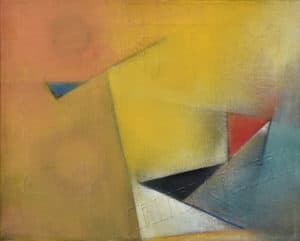

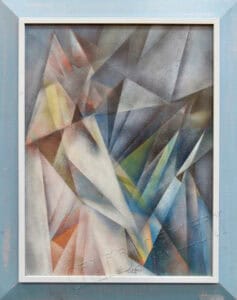


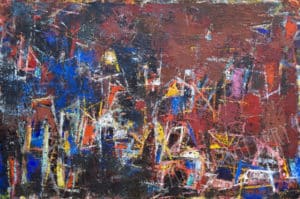
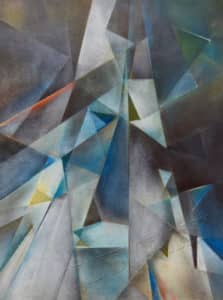
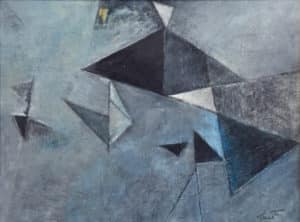
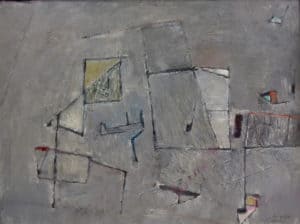
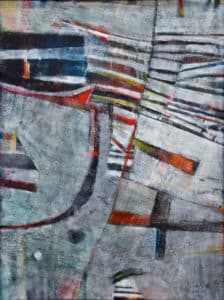

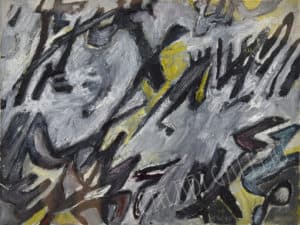
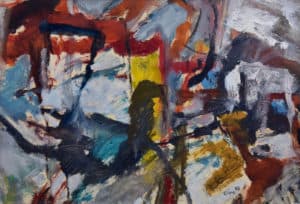
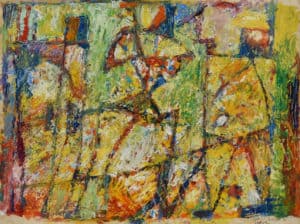
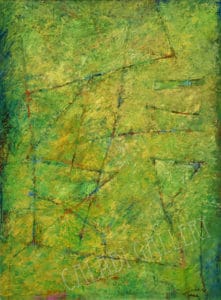
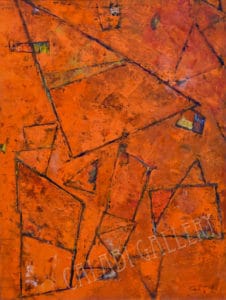
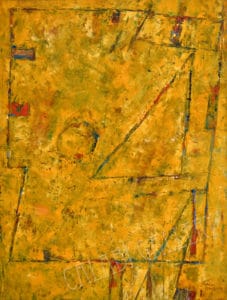
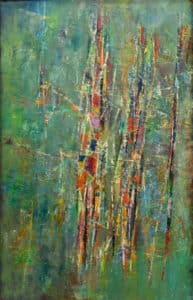
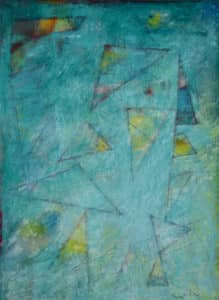
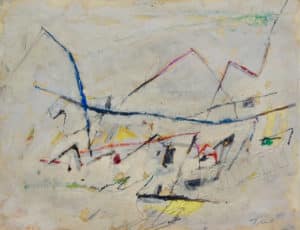
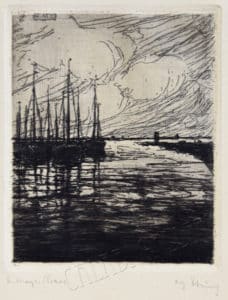

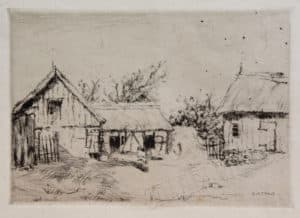

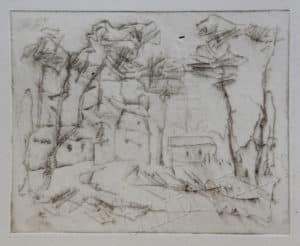
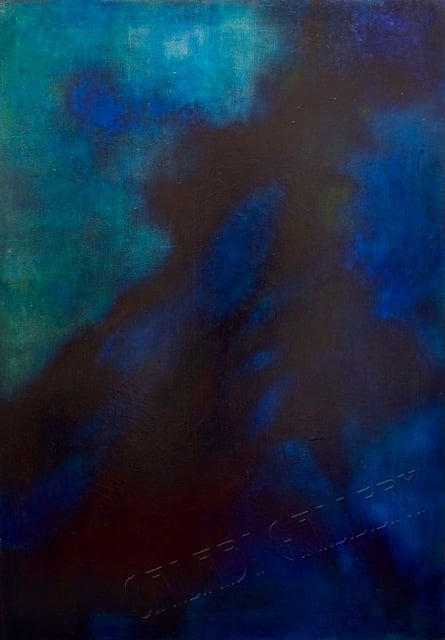
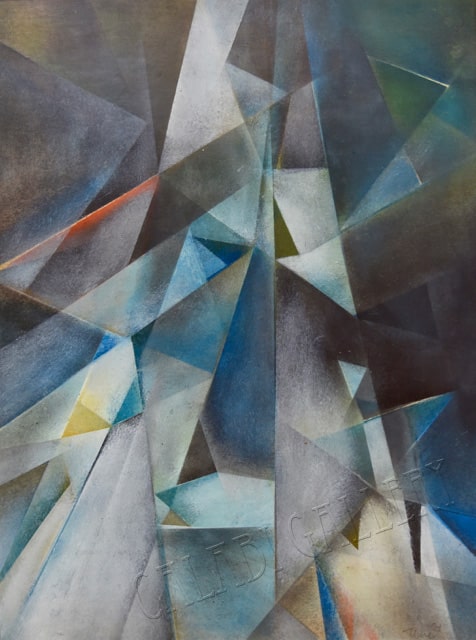
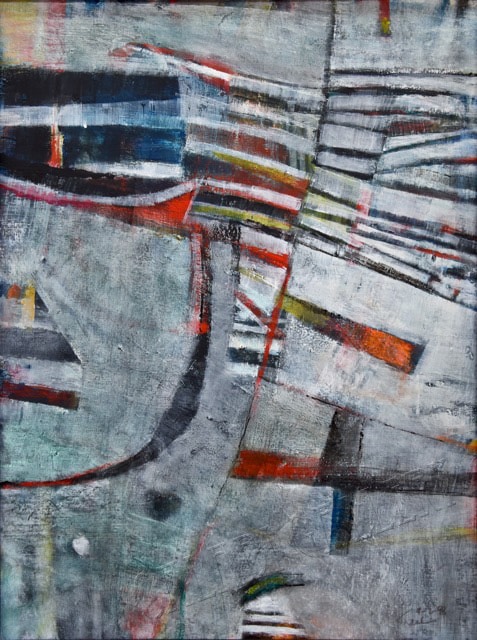
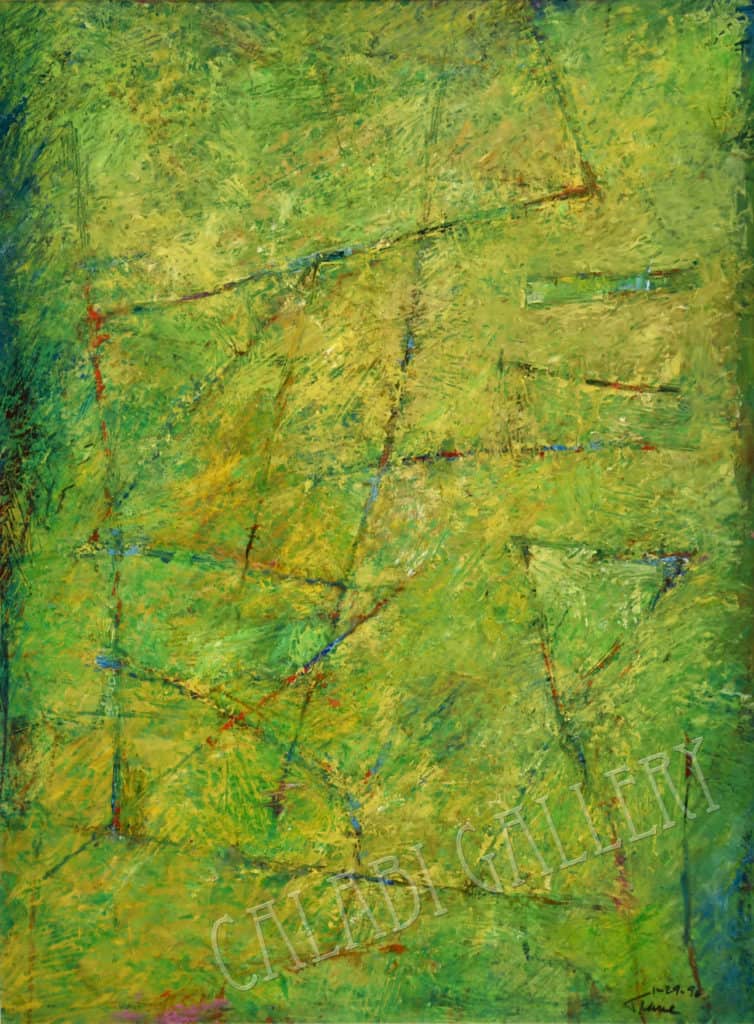
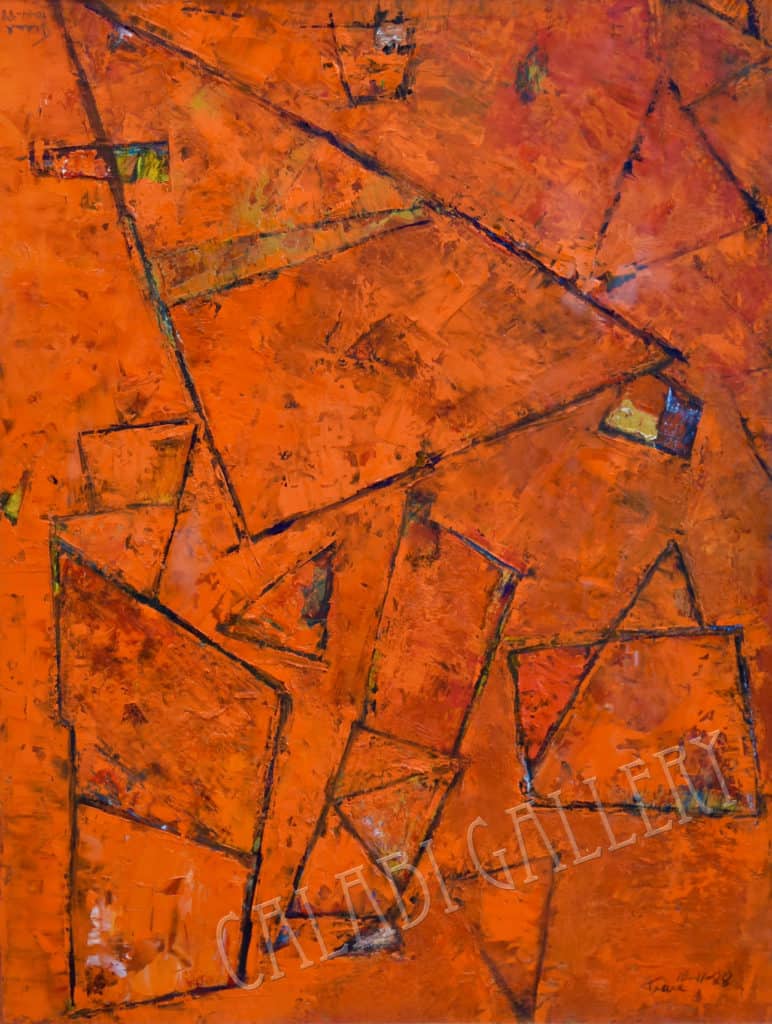
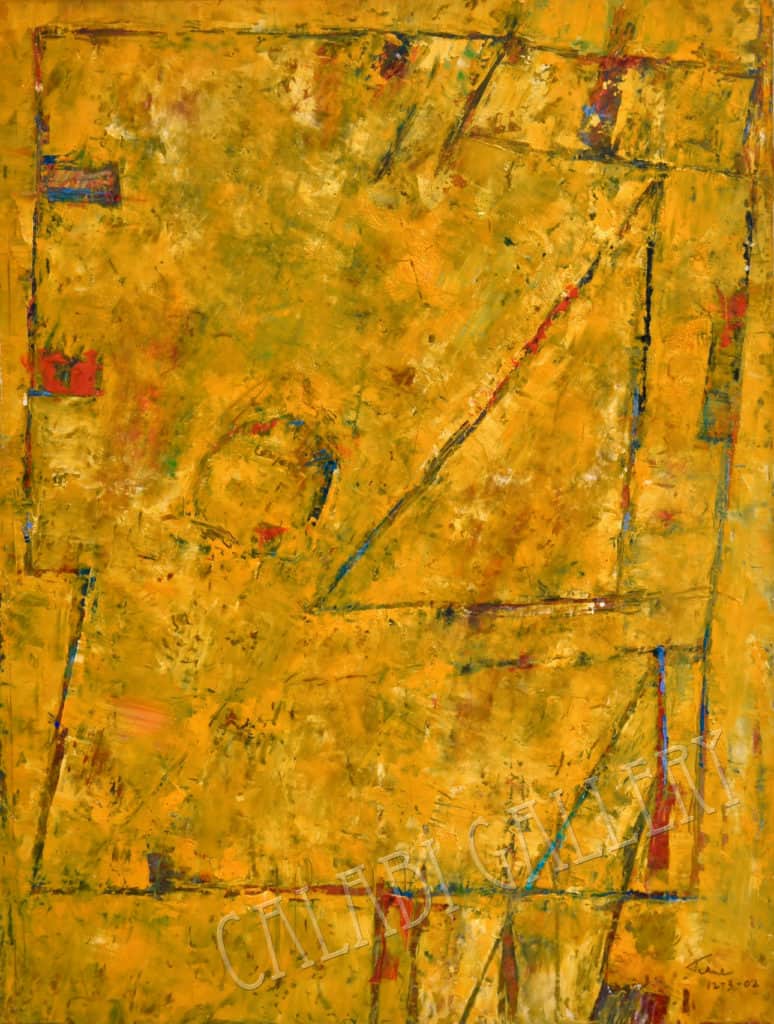
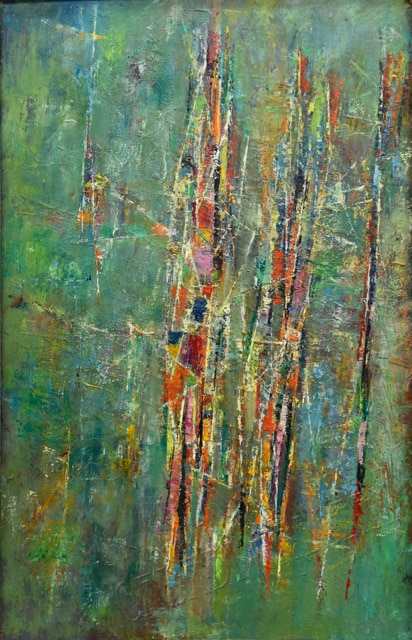
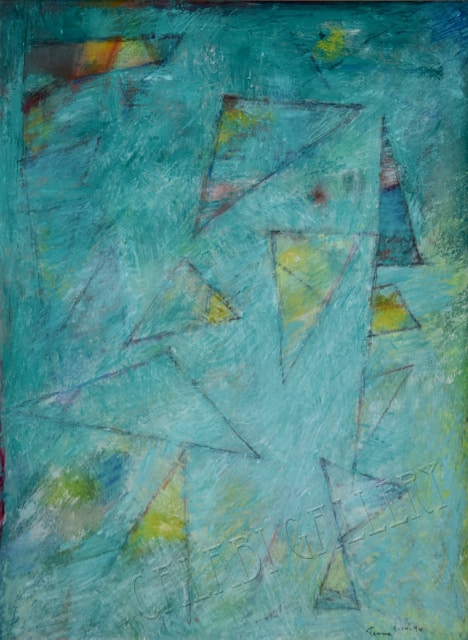
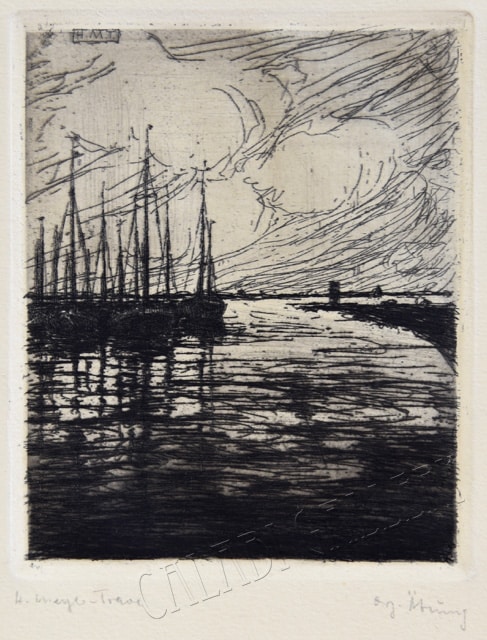
 And many more
And many more